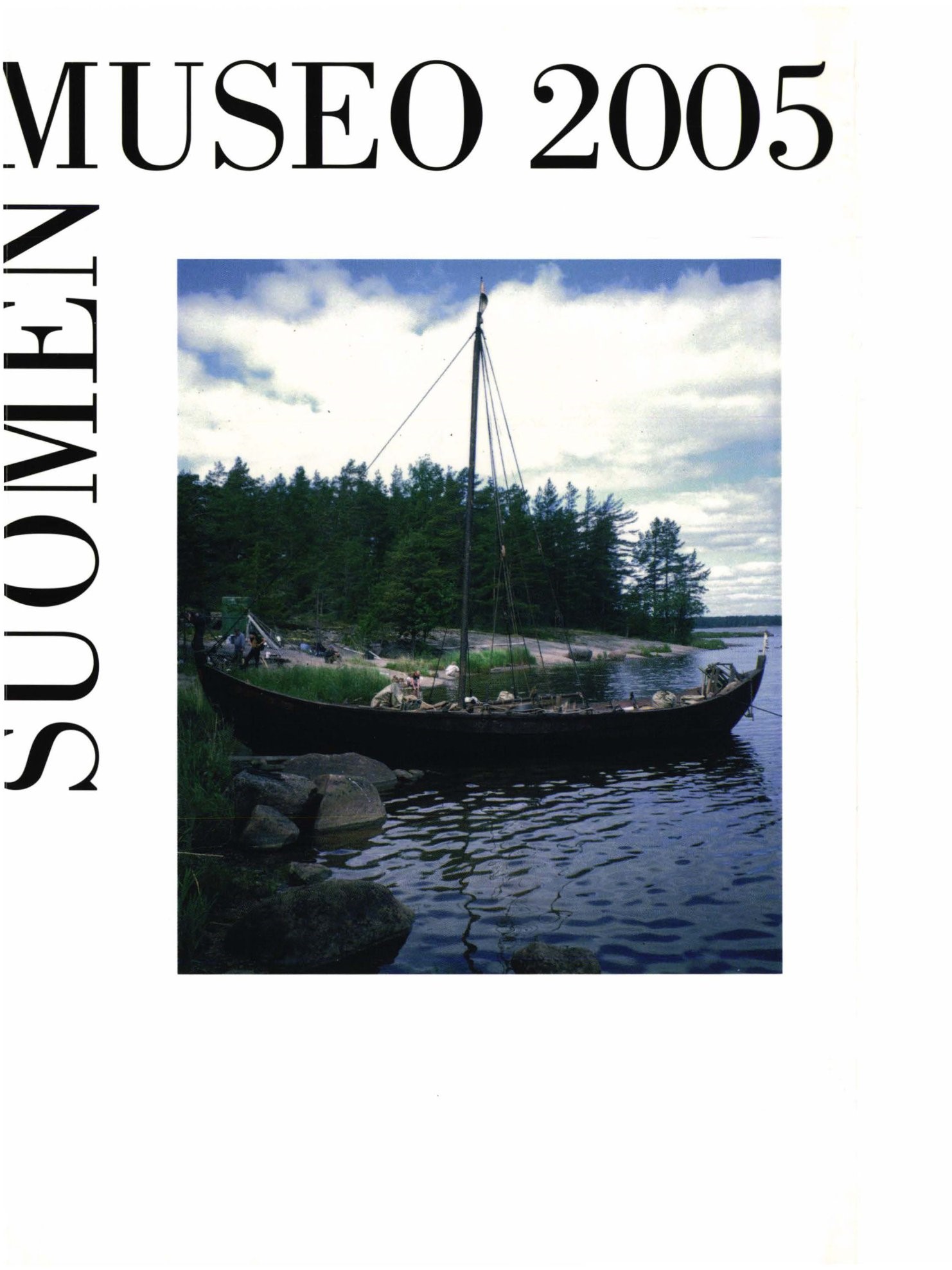Mikä on suomalainen kanapee?
Abstrakti
In formal Finnish, the word kanapee (canapé) has two meanings. As a sofa or couch, it is known as kanapee, kanappi and kanoppi in various dialects of Finnish, and as kanapeli and konapeli (Map 1) in Karelian. The word derives via French, frorn the Greek konopeion meaning an Egyptian bed fitted with a mosquito net. In various dialects of Finnish, kanapee has other meanings than an upholstered or wooden, bench-like sofa (Figs. 1, 4). The kanapee could be converted into a bed for the night by removing its lid. In Karelia, the kanapeli/konapeli was "a modern wooden sofa". In East Fi land, however, the word could sometimes mean a seat predating the sofa, viz. a turn-back bench (Figs. 6, 7).
The oldest and most skilfully crafted turn-back benches are the so-called bridal benches in churches (Fig. 5). Turku Cathedral is mentioned as having had bridal benches already in the 15th century. The oldest bridal benches, however, were meant for only one person (Figs. 8, 10). Before the Christianization of Sweden, marriages were contracts between families, and the agreement was sealed in the home of the bride. On this occasion, the bride took her place on the bridal bench. lt is suggested in the present article that the bridal benches of churches are a direct continuation of the pre-Christian forms of conducting weddings. The role of the matchmaker was now taken over by the priest and the "sacred seat" together with the bride was moved to the most sacred part of the church, the choir. As the forms of church ceremonies evolved, a similar seat was made for the groom (Fig. 8). The location of the bridal bench in connection with the mass in pre-Reformation times has been established in studies (Fig. 9). The Reformation gave a central role to the sermon in divine service and accordingly to the pulpit, the traditional location of which has been at the boundary of the choir and the nave. The turn-back benches permitted the bridal couple to turn to face the priest when he moved to the altar or from the altar to the pulpil.
In addition to the bridal bench, standard wedding-ceremony items in churches included the tella, a canopy held above the bridal couple. In some Roman-Catholic countries, the Latin term conopaewn meant a similar baldaquin-type canopy held over a person of high rank. The ecclesiastical term canopy in the English language evolved from this Latin word. Common to its various meanings is the fact that is always some kind of overhead cover. In Finnish studies, the term tella is regarded as proof of the considerable age of the canopy in wedding ceremonies. The word was already borrowed in to Proto-Finnic in the period preceding Ancient Swedish. The medieval Latin conopeum, as also the word tella, are assumed to have meant the wedding bed and its curtain. Like the bridal bench, the bed also had a supported canopy above it. I suggest that the Latin canopaeum, which was still known to the writers of dictionaries in the early 17th century, albeit as meaning "cover", was transferred pars pro toto to refer to the turn-back bench that was used under a "cover" in church, i.e. the seat of the bridal couple.

